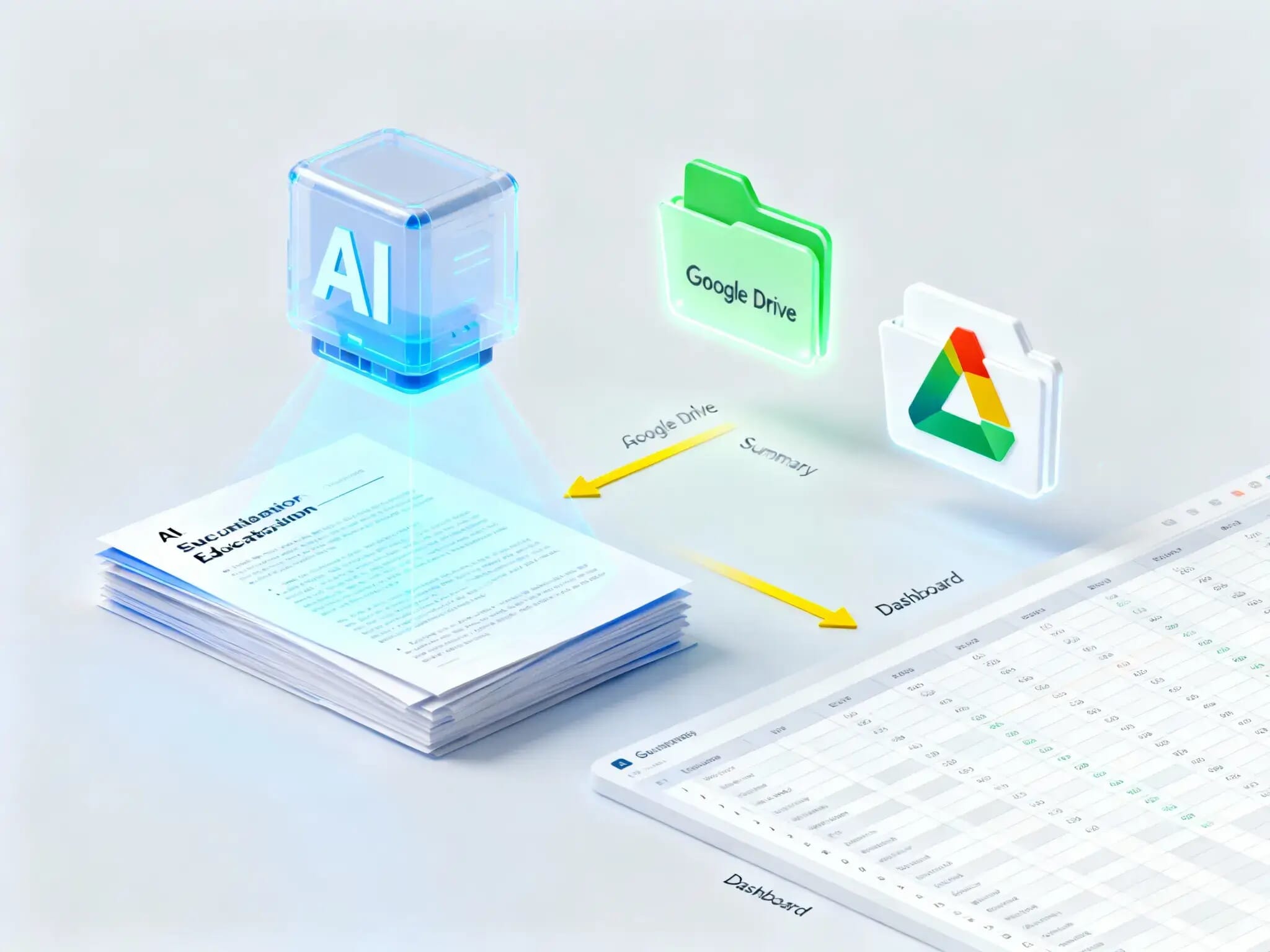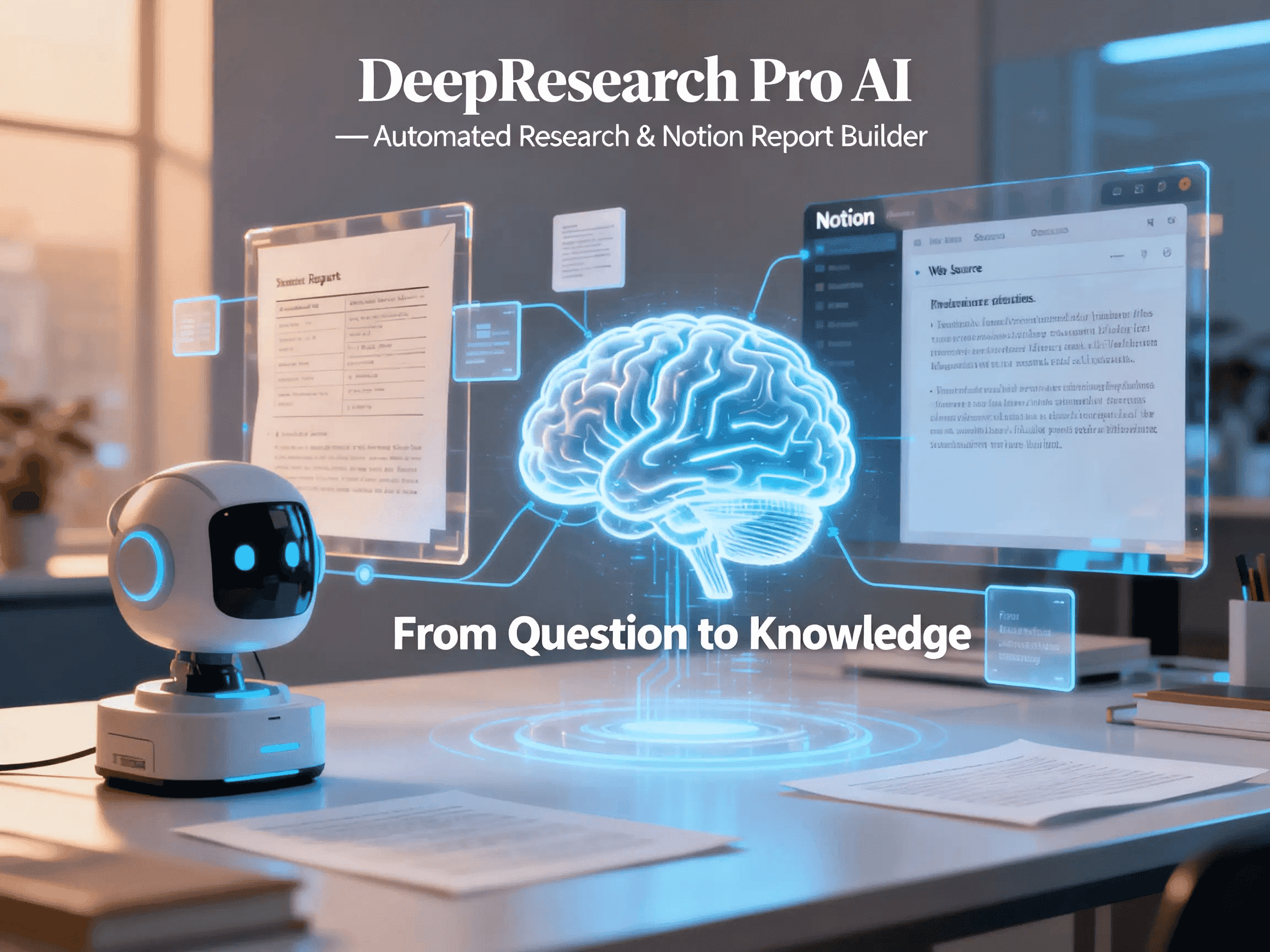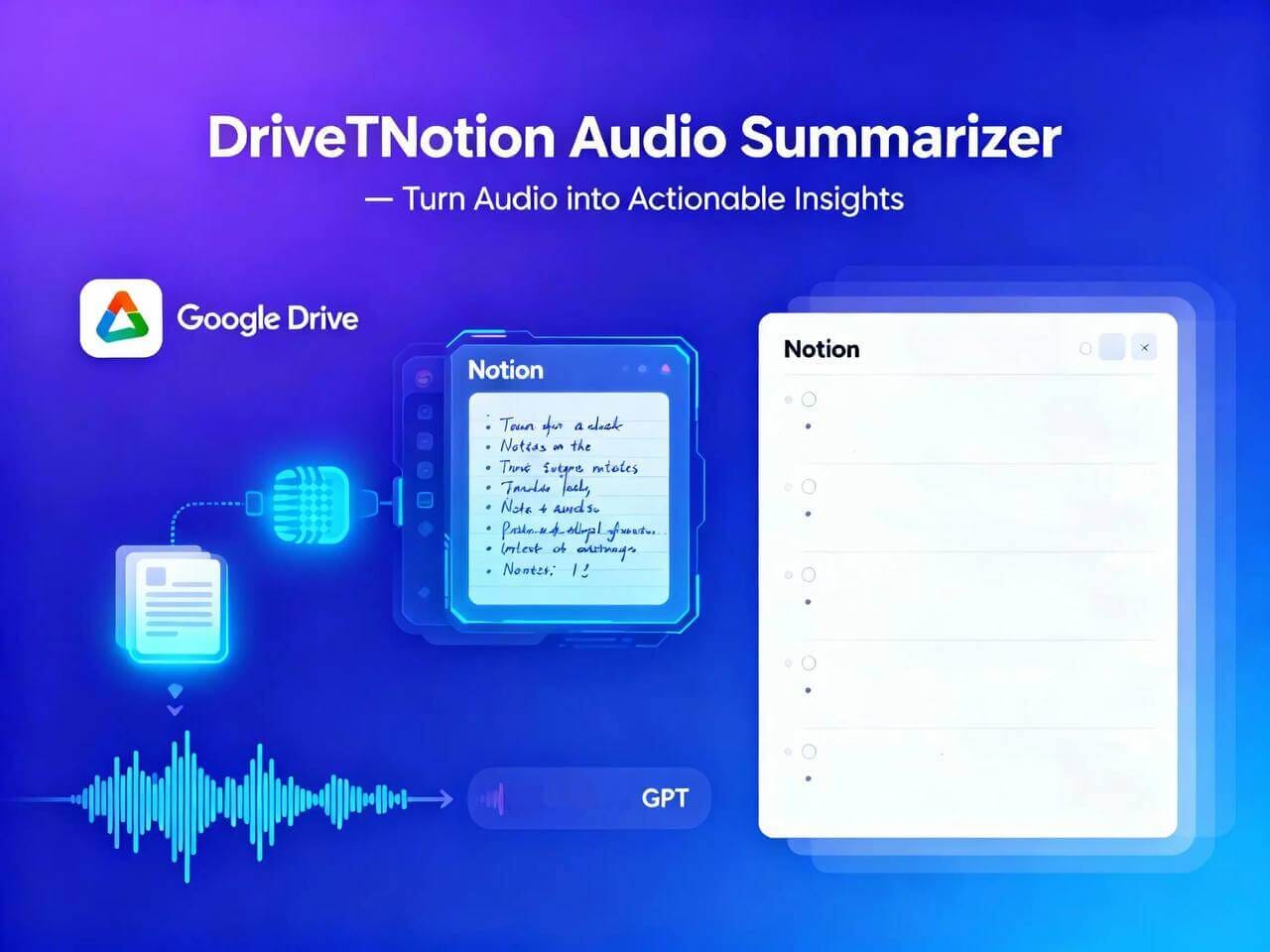
Planning Agents
Combine a planning agent and a coding agent to automate tasks, workflows and scheduling in educational operations.
Trusted by
Based on agentic workflow research in education (planning + execution agents) and automation studies showing high time‑savings in higher ed operations.
Success Story
Southern New Hampshire University automated scheduling workflows and cut weekly room assignment time from ~6 hours → ~30 minutes using a coding/automation approach.
Integrates with
Problem
Educational institutions often rely on manual coordination: scheduling rooms and instructors, generating weekly operational reports, managing recurring workflows (like reminders or enrolment checks). These processes are time‑consuming, error‑prone, require repetitive scripting, and don’t scale well across terms.
Solution
By combining a planning agent (to model and sequence tasks) with a coding/execution agent (to generate and run scripts), this solution automates end‑to‑end operational workflows: from goal to execution. Administrators specify objectives, the system plans the workflow, generates the required code or workflow triggers (n8n/Make), executes them (with audit logs) and surfaces exceptions for human review.
Result
Significant reduction in manual operational work, faster turn‑around for scheduling and reporting, fewer errors in recurring workflows, operations staff freed to focus on strategy. Over a term, tasks that took hours can run in minutes.
Use Cases
Automated Task Solving with Coding & Planning Agents brings together two autonomous agents designed for educational operations: a planning agent that models tasks, sequences steps and optimizes scheduling or resource allocation, and a coding/execution agent that generates, tests and runs code (scripts, workflows) to carry out those plans directly or via existing systems (LMS, SIS, scheduling tools). This solution is built for departments such as student services, registrar’s office, academic scheduling and operational support in schools and universities. Typical problems addressed include: scheduling classrooms and instructors, automatic generation of weekly reports, resource assignment (labs, equipment), bulk data‑processing tasks, and recurring reminders/notifications workflows. The planning agent ingests the high‑level goal (e.g., “schedule 40 lab sessions across 6 rooms for 200 students in Week 12”), optimizes assignment given constraints, and produces a task list. The coding agent then generates scripts (e.g., Python, SQL, API orchestration) or triggers workflows (via n8n/Make) to execute the plan, validates output, alerts human review if needed, and logs results. Outcomes include faster operations, fewer manual errors, consistent execution of repeatable tasks, and scalability across semesters. Administrators gain a system that turns high‑level goals into executable workflows without full manual coding each time. Reviewers always maintain oversight by reviewing and approving generated workflows before live execution. This architecture emphasizes governance, audit trails and safe human‑in‑the‑loop workflows.
Integrations
Connect to your existing tools seamlessly
Technology Stack
Automation
Automation
Infrastructure
Implementation Timeline
Kickoff & goal capture
1 weekdefine workflows, gather constraints
Planning agent configuration
1 weekmodel tasks, define dependencies
Code‑generation agent pilot
1 weekgenerate scripts/workflow for one use‑case
Execution & monitoring setup
1 weekconnect to systems, run test tasks
Review & tuning
2 weeksvalidate results, adjust agent behaviour
Rollout multiple workflows
2 weeksscale to other operational tasks
Reference Sources







